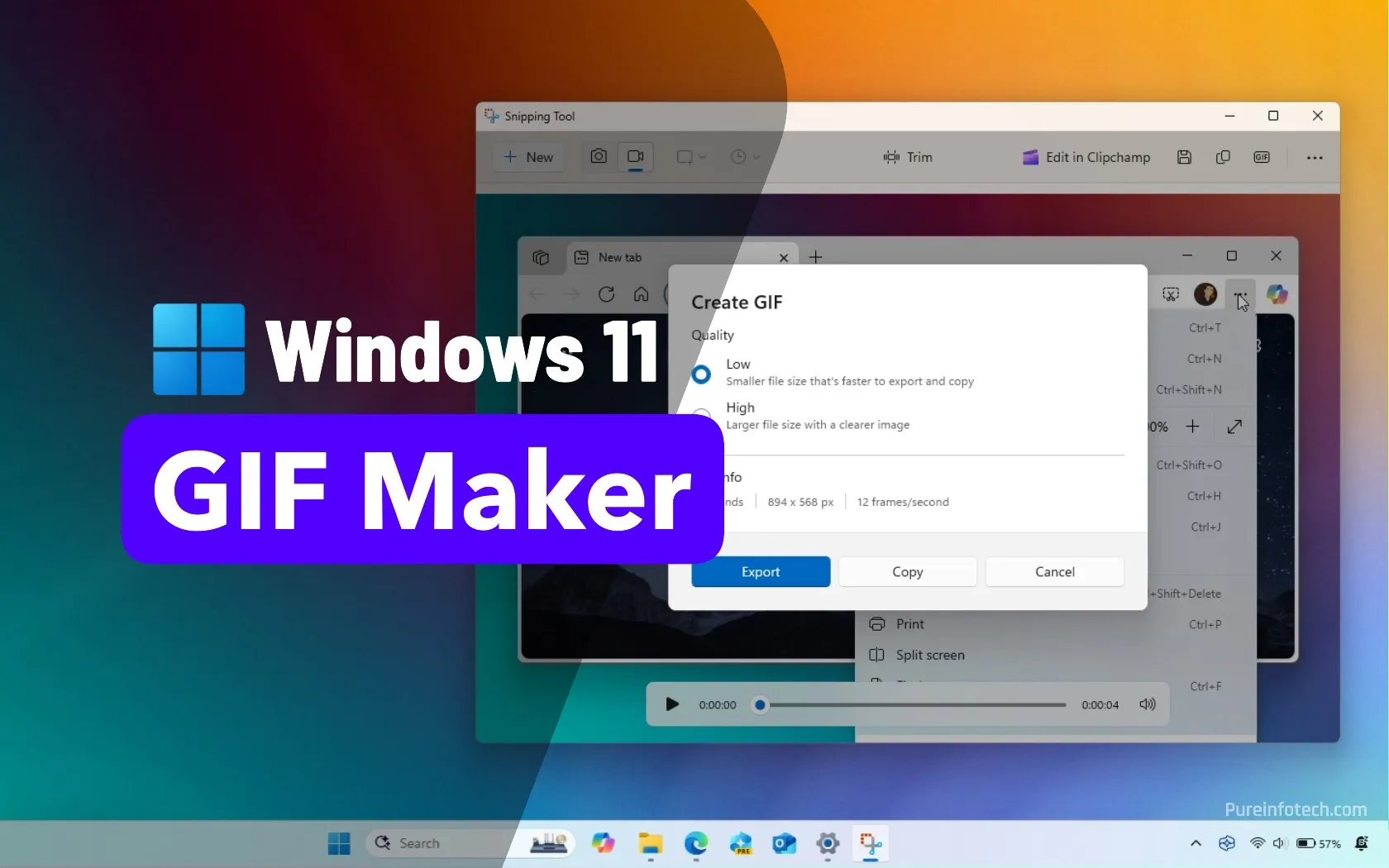How to Check a Product’s Price History on Amazon

We may earn a commission from links on this page.
Amazon is excellent at capitalism. The ubiquitous online retailer uses every psychological trick imaginable (and some we probably can’t imagine) to maximize its profits, and one of the most powerful tools in the company’s arsenal is controlling the price of products during sales like its Prime Day promotions, like the one on Oct. 8 and 9.
In a broad sense, the entire Prime Day operation is based on convincing consumers to buy things they don’t need, and one of the specific methods they use is manipulating prices over time to make you think you’re saving more money than you actually are. (Check out this deeper dive into Amazon’s tactics for more.)
A lot goes into how Amazon determines its prices, of course—inflation, supply and demand, and so on—but “making you think you’re getting an amazing deal” is an obvious motivation during promotions like Prime Day. It’s nothing new, and the tactic is used by most retailers, but, judging by their success, Amazon seems particularly good at it.
But you can counter some of Amazon’s retail mojo with a powerful, easy-to-use weapon that would have been nearly impossible to use before the internet: the ability to easily check the history of the price of a product.
How to check price history on Amazon
Credit: Keepa/Stephen Johnson
In the chart above (made with Keepa, a Chrome extension that compares Amazon prices over time) you can see the volatility of the price of an Amazon Fire TV Stick over the last year. While Amazon says the list price of the item is $39.99, as you can see, it’s “on sale” as often as it’s not, which stretches the common understanding of what a “list price” and a “sale” are. Bottom line: Amazon offers the item for a lower price so often, you’d be foolish to buy it for the list price.
While last year’s Prime Day price of $19.99 was a good deal, that wasn’t the only time you could have picked one up for half of the list price. It was 50% off for most of November, too. As a general rule, pre-Christmas is when you’ll find the most things for the lowest prices.

Credit: Keepa/Stephen Johnson
The same broad principle usually applies to non-Amazon-made products on the site. The prices of third-party products seem to change less often than Amazon products, but the “swings” can be huge. Consider the Bissell PowerFresh Vac & Steam All-in-One Vacuum. It spends most of its time at either $159 or $185, with occasional peaks up to $288. The difference in price between a cheap day and an expensive one is $129, which is substantial.
We will probably never figure out the complex mathematical equations that determine when Amazon prices things at what amount—I’m sure they have a good reason, I just don’t know what it is—but luckily, we don’t have to predict prices. We can look at a price history of any item on the site and see whether we’re buying low.
How to check a product’s price history before you buy a product on Amazon
Because the prices of Prime Day deals aren’t posted until their specific time window, you can’t tell in advance how much of a discount you’ll get on a specific product. But you can check the price history before you purchase something, on Prime Day or any other day.
I’m sure Amazon would rather keep the history of its prices secret, but since they’re public, people have made sites, apps, and extensions that collect pricing history and allow you to comparison shop over time. I use the Keepa extension for Chrome because I like how it puts the price history of items right on every Amazon page you browse, but that’s not the only simple to use, free Amazon-specific price history tracking option. Others like Camelcamelcamel and Earny do basically the same thing with slightly different bells and whistles—I use CamelCamelCamel to get alerts when an item I’m tracking drops to a price I find acceptable. If you don’t already, you should use one of these tools before believing the hype of Amazon’s advertised discounts.
For a deeper dive into Amazon price checking, check out our list of the best price comparison tools.









